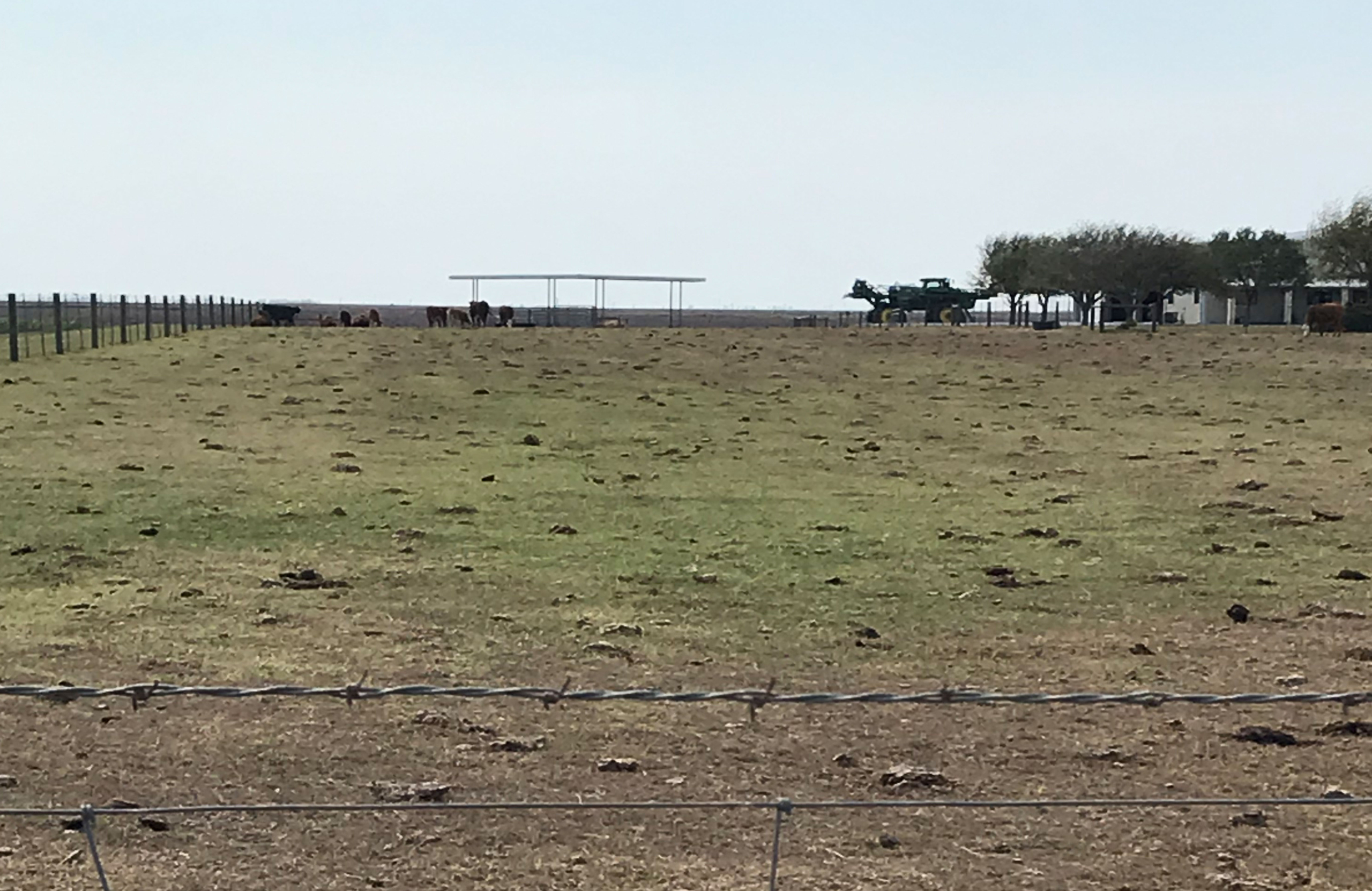By Jennifer Dorsett
Field Editor
“Dry and getting drier.”
That’s what Rio Grande Valley citrus farmer Dale Murden had to say about the weather.
While January through March is a traditionally drier period for the area, with historical rainfall totals averaging around an inch each month, Rio Grande Valley residents are already seeing a two-inch rain deficit.
That deficit will be hard to catch up on, according to Murden.
“We haven’t had any meaningful rainfall in 60 to 90 days now,” he said. “We have temps in the 100s and southeast winds blowing 20-30 miles per hour, so it’s only getting worse down here.”
His citrus farms are okay for now, because they’re irrigated, but buying water is expensive.
And supplies are limited.
The Rio Grande Valley’s water supply comes from two large reservoirs located along the U.S.-Mexico border, Amistad and Falcon Lake.
Under a 1944 treaty between the two countries, Mexico is supposed to regularly release water from the Rio Grande River into the U.S. reservoirs. But the country is usually behind on its deliveries, commonly called water payments, and this year is no different.
“Our lake levels are declining rapidly, and a couple of the water districts in the Valley are already nearly out of water,” Murden, a Texas Farm Bureau member, said. “Mexico technically won’t be in debt until October, but they are definitely behind on their water payments.”
Murden traveled to Washington, D.C. at the beginning of March to stress the importance of a steady water supply to lawmakers.
“Right now, all we can really do is hope for a hurricane situation to develop over the lake and refill the reservoir,” he said. “If we don’t have the rain, we won’t make a crop.”

